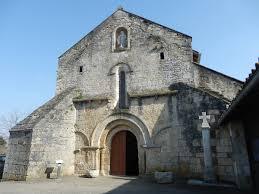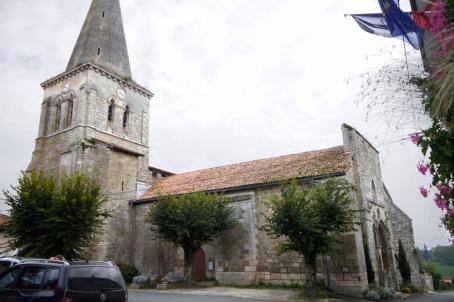Church of Notre-Dame
The Church of Notre-Dame is located in Payroux, in the region of New Aquitaine. The building has a beautiful facade from the late Romanesque period (twelfth century). The walls of the second and third bays of the nave present historical scenes dating from the end of the fifteenth century. Facing outward, a massive steeple was built on the transept crossing. Interior decoration includes a 17th century polychrome wooden statue of the Virgin.
About this building
The Church of Notre-Dame is located in Payroux, in the region of New Aquitaine. This rural church, which dates from the end of the Romanesque period, has retained all its charm: it has a beautiful facade with characteristic arcades of the twelfth century, a three bay nave with a broken cradle, a transept crossing on four-sided vault and a straight choir with a flat chevet.
The facade has kept its Romanesque appearance. It is flanked by large buttresses that encroach on the blind arcades that frame the semicircular arched gate. The walls of the second and third bays of the nave present historical scenes dating from the end of the fifteenth century. Facing outward, a massive steeple covered with slates was built on the transept crossing.
The interior is decorated with a beautiful 17th century statue: a wooden polychrome Virgin Mary with her child. This statue is listed as a historical monument.




